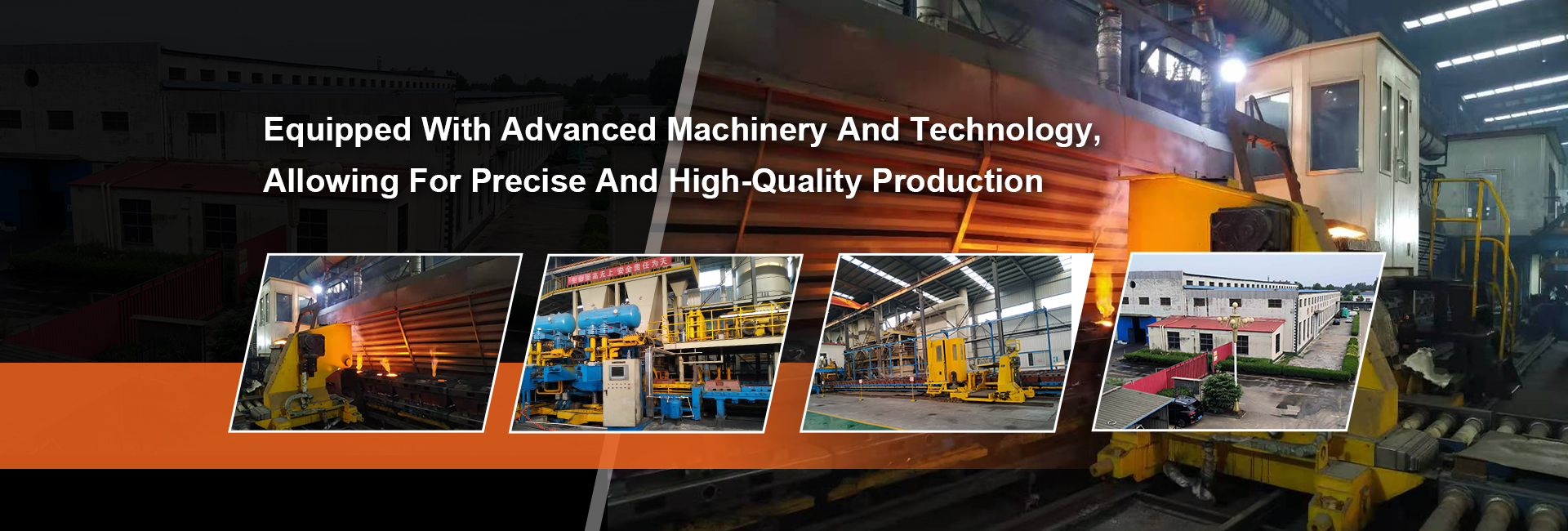
-
 Afrikaans
Afrikaans -
 Albanian
Albanian -
 Amharic
Amharic -
 Arabic
Arabic -
 Armenian
Armenian -
 Azerbaijani
Azerbaijani -
 Basque
Basque -
 Belarusian
Belarusian -
 Bengali
Bengali -
 Bosnian
Bosnian -
 Bulgarian
Bulgarian -
 Catalan
Catalan -
 Cebuano
Cebuano -
 Corsican
Corsican -
 Croatian
Croatian -
 Czech
Czech -
 Danish
Danish -
 Dutch
Dutch -
 English
English -
 Esperanto
Esperanto -
 Estonian
Estonian -
 Finnish
Finnish -
 French
French -
 Frisian
Frisian -
 Galician
Galician -
 Georgian
Georgian -
 German
German -
 Greek
Greek -
 Gujarati
Gujarati -
 Haitian Creole
Haitian Creole -
 hausa
hausa -
 hawaiian
hawaiian -
 Hebrew
Hebrew -
 Hindi
Hindi -
 Miao
Miao -
 Hungarian
Hungarian -
 Icelandic
Icelandic -
 igbo
igbo -
 Indonesian
Indonesian -
 irish
irish -
 Italian
Italian -
 Japanese
Japanese -
 Javanese
Javanese -
 Kannada
Kannada -
 kazakh
kazakh -
 Khmer
Khmer -
 Rwandese
Rwandese -
 Korean
Korean -
 Kurdish
Kurdish -
 Kyrgyz
Kyrgyz -
 Lao
Lao -
 Latin
Latin -
 Latvian
Latvian -
 Lithuanian
Lithuanian -
 Luxembourgish
Luxembourgish -
 Macedonian
Macedonian -
 Malgashi
Malgashi -
 Malay
Malay -
 Malayalam
Malayalam -
 Maltese
Maltese -
 Maori
Maori -
 Marathi
Marathi -
 Mongolian
Mongolian -
 Myanmar
Myanmar -
 Nepali
Nepali -
 Norwegian
Norwegian -
 Norwegian
Norwegian -
 Occitan
Occitan -
 Pashto
Pashto -
 Persian
Persian -
 Polish
Polish -
 Portuguese
Portuguese -
 Punjabi
Punjabi -
 Romanian
Romanian -
 Russian
Russian -
 Samoan
Samoan -
 Scottish Gaelic
Scottish Gaelic -
 Serbian
Serbian -
 Sesotho
Sesotho -
 Shona
Shona -
 Sindhi
Sindhi -
 Sinhala
Sinhala -
 Slovak
Slovak -
 Slovenian
Slovenian -
 Somali
Somali -
 Spanish
Spanish -
 Sundanese
Sundanese -
 Swahili
Swahili -
 Swedish
Swedish -
 Tagalog
Tagalog -
 Tajik
Tajik -
 Tamil
Tamil -
 Tatar
Tatar -
 Telugu
Telugu -
 Thai
Thai -
 Turkish
Turkish -
 Turkmen
Turkmen -
 Ukrainian
Ukrainian -
 Urdu
Urdu -
 Uighur
Uighur -
 Uzbek
Uzbek -
 Vietnamese
Vietnamese -
 Welsh
Welsh -
 Bantu
Bantu -
 Yiddish
Yiddish -
 Yoruba
Yoruba -
 Zulu
Zulu
Understanding the Function and Benefits of Drum Brake Shoes in Vehicle Safety
Understanding Drum Brake Shoes The Unsung Heroes of Vehicle Braking Systems
When discussing vehicle braking systems, most people think of brake pads and discs, but there’s another crucial player that often goes unnoticed the drum brake shoe. This component is essential for ensuring safe and effective stopping power in many vehicles, especially those equipped with drum brakes, which are commonly found on older cars, as well as on the rear of many modern vehicles.
What Are Drum Brake Shoes?
Drum brake shoes are curved components that press against the inside of a brake drum to create friction, which ultimately slows down or stops the vehicle. Typically made from a combination of metal and friction materials, drum brake shoes work in tandem with the drum assembly. When the driver presses the brake pedal, hydraulic pressure is transferred through the brake lines, pushing the brake shoes outward against the spinning drum. This action generates the necessary friction to slow down the wheels.
Types of Drum Brake Shoes
Drum brake shoes come in various types, designed for different applications
. The most common types include1. Primary Shoes These are mounted on the front side of the drum and are typically slightly larger than the secondary shoes. They provide the majority of the braking force and stabilize the vehicle during braking.
2. Secondary Shoes Located at the rear, these shoes assist in providing additional braking force and help prevent the vehicle from moving backward during deceleration. They serve a supportive role, ensuring that the braking system remains balanced.
Signs of Wear and Tear
drum brake shoe

Like all vehicle components, drum brake shoes wear out over time due to constant friction and exposure to heat. Recognizing the signs of worn brake shoes is essential for maintaining vehicle safety. Some common indicators include
- Squeaking or Squealing A high-pitched noise when braking can signal that the friction material is wearing down and may need replacing. - Reduced Responsiveness If the vehicle takes longer to stop or requires more pressure on the brake pedal, it could indicate that the brake shoes are worn. - Vibration When Braking Any unintended vibrations during braking can be a sign of warped drum surfaces or uneven wear on the shoes. - Pulling to One Side If the vehicle pulls to one side while braking, this may suggest that one brake shoe is more worn than the other, necessitating inspection and possible replacement.
Maintenance and Replacement
Regular maintenance of drum brake systems is vital for vehicular safety. It is recommended to have brakes inspected at least once a year or more frequently if you notice any symptoms of wear. When replacing drum brake shoes, it's essential to also inspect the brake drums for signs of wear or damage. If the drum is scored or warped, it may need to be machined or replaced.
The Importance of Proper Installation
Proper installation of drum brake shoes is critical for optimal performance. Incorrect installation can lead to improper contact with the brake drum, reduced braking efficiency, and even safety hazards. Mechanics often follow specific guidelines to seat the shoes correctly and ensure that they function harmoniously with the entire brake assembly.
Conclusion
In conclusion, drum brake shoes play a vital role in a vehicle's braking system, providing safety and performance. Although they may be less visible than brake pads, their importance cannot be overstated. By understanding their function, recognizing the signs of wear, and maintaining them properly, drivers can ensure their vehicles remain safe and reliable on the road. So, next time you think about your vehicle's braking system, remember the crucial role played by drum brake shoes—the unsung heroes of safe driving.
-
What Are Drum BrakesNewsJul.07,2025
-
Understanding Brake Drum MaterialNewsJul.07,2025
-
Semi-Trailer Brake Drum: A Key Component for Extreme Loads and Long-Distance TransportNewsJul.07,2025
-
Drum Brake Pads for SaleNewsJul.07,2025
-
Brake Drums for SaleNewsJul.07,2025
-
Brake Drum ManufacturerNewsJul.07,2025
-
Aluminum Brake Drums: The Future of High-Performance CarsNewsJul.07,2025
